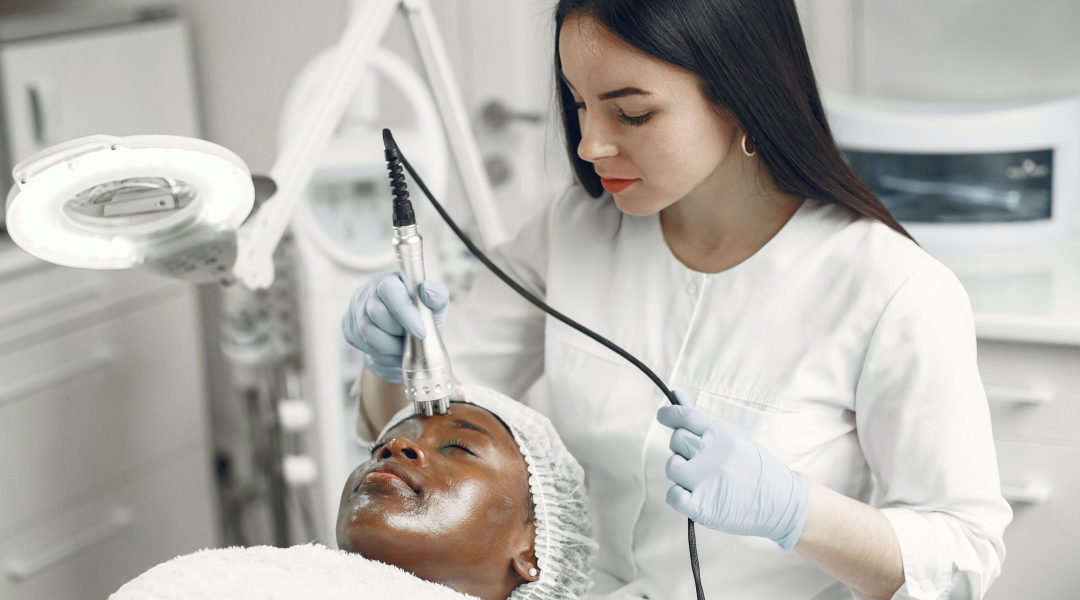Cosmetics companies have long known that aging skin is a huge market opportunity, a market with a size of nearly $45 billion in the U.S. alone. Science continues to make breakthroughs that will only increase the size and efficacy of that market and its products.
The field of dermatology has made combatting the effects of aging skin one of its most prominent efforts. Scientists in this field have gained a wealth of insights into how skin ages and what factors come into play in that process. A core goal is providing treatments and processes that slow or even reverse the aging of the skin in non-invasive ways. That has generated a major application of laser light to make skin appear younger.
What Gives Your Skin that Glow?
Now, the field of bioelectric science is drawing new attention to the use of an old standard – electricity. Dermatologists have long incorporated electrical devices into their practices to remove growths and stop bleeding. Other disciplines use the benefits of electrical stimulation to encourage bone growth, govern heart rates, and even reduce chronic pain.
Early uses of electricity in the field of skin care focused on stimulating facial muscles. The goal of such treatment is to encourage growth of muscle mass and improve muscle tone. That effort was intended to help support the skin and improve overall facial contours, fighting the sags and other effects of age. However, those early results were more disappointing than beneficial.
Some advances, such as in-office radiofrequency and electroporation treatments have shown more promising results. However, these uses are in their early stages and hard data to support their efficacy is yet to come.
New approaches have produced what is called “Cosmeceuticals” to get electricity involved with the skin at the cellular level. The development of bioelectrical makeup includes a cream that includes minute metal elements that are then covered with another cream containing a different metal. By ensuring the two metals have opposing charges, a minute electrical stimulation is produced.
A leader in the industry, Dr. Patrick Farris of Tulane University, notes that the use of bioelectricity to cure wounds is behind this direction of research. He notes, “This is an exciting area of research, and more studies on these electrically based cosmeceuticals will help us further understand their capabilities and the duration of aesthetic improvements that can be expected.”


Recent Comments